Baby Clothes Size Chart
Please select a clothing item to see the size chart.
Looking for the perfect fit? Check Out These Best-Selling Baby Clothes.
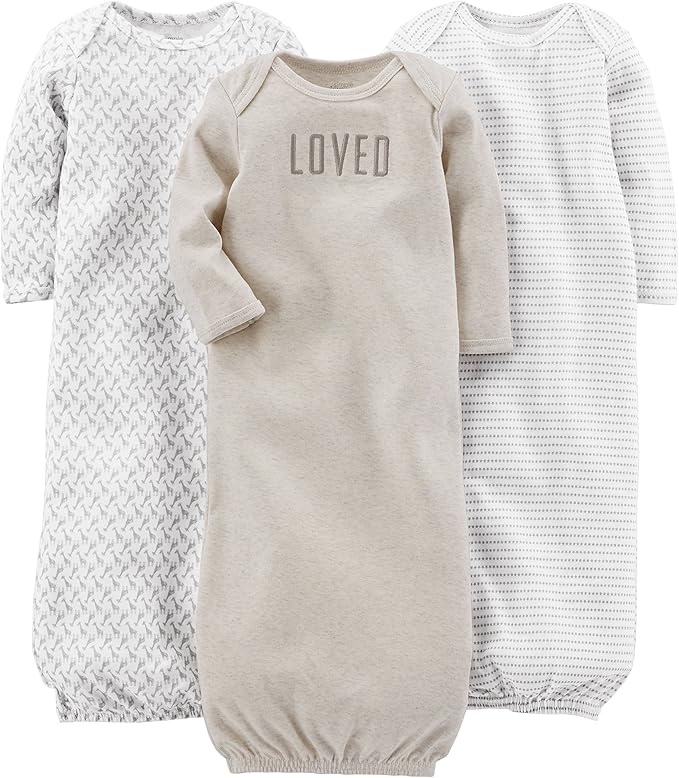

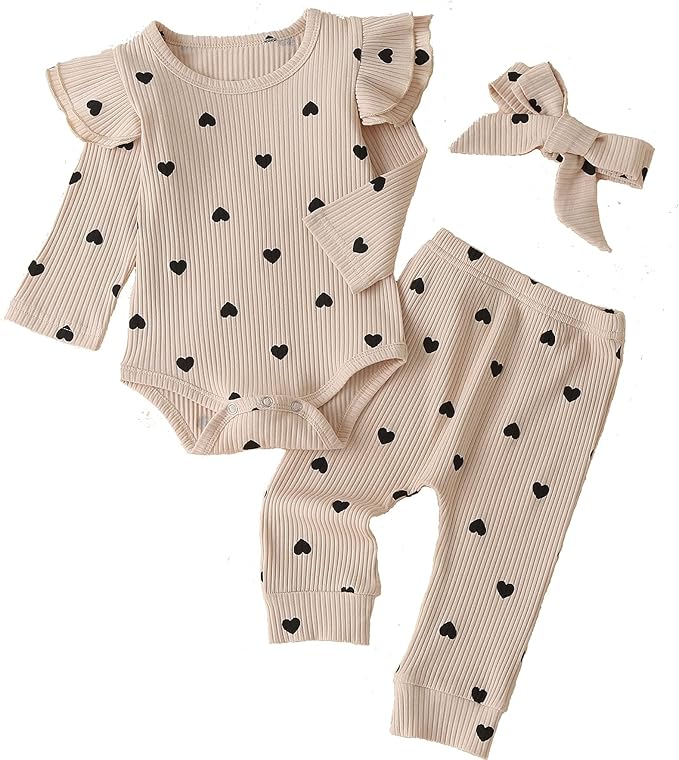
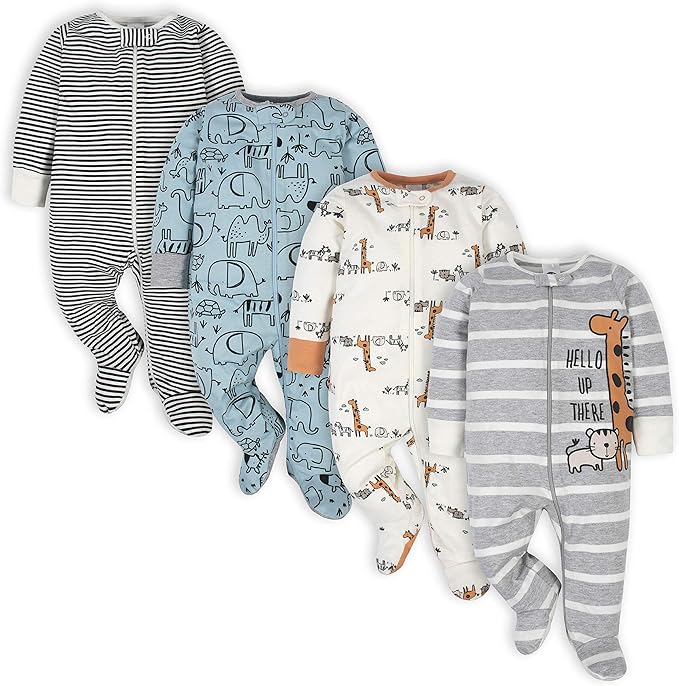
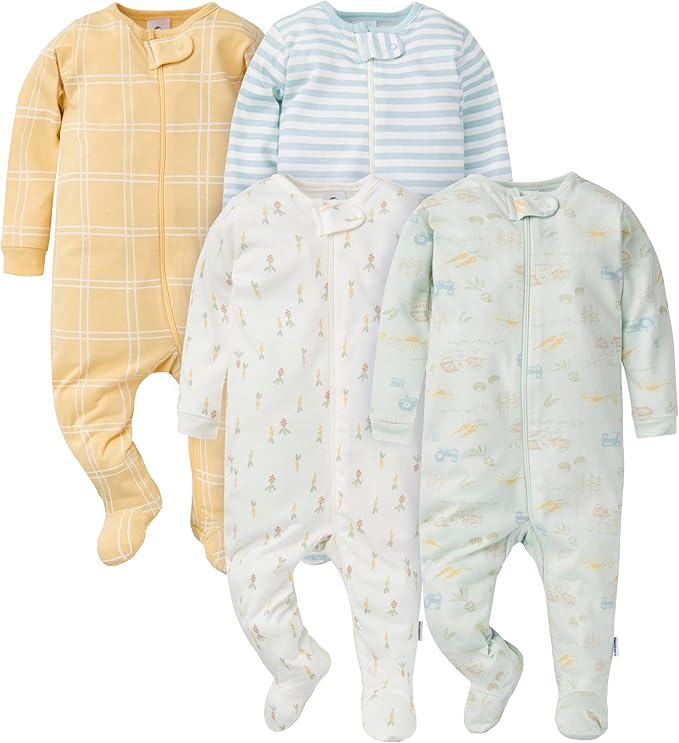
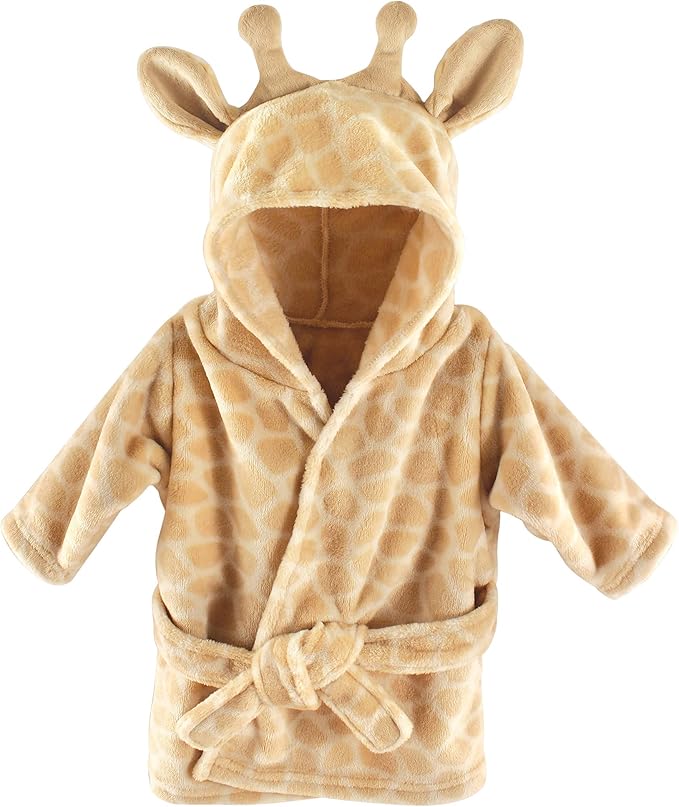
The Ultimate Guide to Baby Clothes Size Chart – How to Find the Perfect Fit for Your Little One
As parents, one of the most exciting yet challenging aspects of preparing for a new baby or caring for a growing infant is shopping for clothes. Baby clothes come in all shapes, sizes, and fabrics, making it tricky to navigate through a sea of options. One of the most confusing aspects for parents is deciphering baby clothing size charts. With so many brands and different sizing systems, how can you ensure your baby’s clothes fit perfectly?
In this ultimate guide, we’ll explore everything you need to know about baby clothes sizing, how to choose the right fit for your little one, the most common sizing systems, and a detailed size chart to help you make the best purchase decisions for your baby.
Why Baby Clothes Size Charts Matter
When it comes to baby clothing, fit is more than just a matter of style – it’s about comfort, safety, and functionality. Babies are constantly growing, and their body proportions change rapidly during the first year. That’s why finding the right clothing size is so important. Wearing clothes that are too tight can cause discomfort, while clothing that’s too loose can pose a safety risk (think loose fabric that can get caught in objects).
Additionally, babies are very sensitive to temperature fluctuations. The right size ensures that they are comfortable in all kinds of weather, whether it’s a onesie for a warm day or cozy layers for a cold winter outing. Choosing the right size helps create a balance of comfort and mobility, and ensures that your baby feels safe and snug.
So, how do you navigate through the overwhelming variety of sizes and options? Let’s break it down and understand the most common baby clothes sizes, along with some key tips to consider when shopping for baby clothing.
Understanding Baby Clothes Sizing
Baby clothes sizes generally follow a pattern based on your child’s age, weight, and height. However, it’s important to note that sizes can vary from brand to brand, so it’s always wise to double-check a specific brand’s size chart before purchasing. In general, baby clothes size charts are broken down into the following categories:
- Preemie (0-3 lbs)
- Newborn (0-3 months)
- 0-3 months
- 3-6 months
- 6-9 months
- 9-12 months
- 12-18 months
- 18-24 months
- 2T-4T (Toddler sizes)
Here’s a closer look at how to choose the correct size for each category and some key guidelines for making a more informed choice.
1. Preemie (0-3 lbs)
Preemie-sized clothing is designed for babies born prematurely or those who weigh less than 5 pounds. These tiny garments are made to fit delicate, small babies, and the material tends to be extra soft and gentle.
- Fit: Preemie clothes should fit snugly but not too tight. They should allow for movement and comfort while still being small enough to keep the baby warm.
- When to Buy: You may need preemie-sized clothes if your baby is born prematurely. However, most babies who are born full-term won’t need this size.
2. Newborn (0-3 Months)
The newborn size typically fits babies weighing between 5-8 pounds and measuring about 18-21 inches in length. However, the exact measurements can vary depending on the brand.
- Fit: Newborn clothes should fit comfortably without being too tight. Many newborn items have stretchable necklines or cuffs to make them easier to put on and take off.
- When to Buy: Newborn clothes are most often needed right after birth. Keep in mind that babies grow quickly, so you may only need to use newborn-sized clothes for a short period.
3. 0-3 Months
The 0-3 months size is designed for babies who are a little bigger than the average newborn. These babies typically weigh between 8-12 pounds and measure about 21-24 inches.
- Fit: Baby clothes in this category should fit snugly around the chest and waist but leave room for movement. Stretchy fabrics are ideal for ensuring a proper fit and ease of dressing.
- When to Buy: If your baby is born at a healthy weight and grows quickly, you may want to stock up on 0-3 month clothes as they will likely wear this size for a longer period compared to newborn clothes.
4. 3-6 Months
At this stage, babies have typically grown to weigh between 12-16 pounds and are about 24-26 inches long. Clothes for this age range are generally made with more flexibility, often incorporating elastic waistbands and stretchable materials to accommodate the baby’s growth.
- Fit: The fit should be roomy around the arms and legs but still snug enough to stay on the baby’s body. It’s common to see clothes in this range with snaps or zippers to make dressing easier.
- When to Buy: You’ll likely start using 3-6 month clothes when your baby reaches about three months. Keep in mind that babies gain weight quickly in the first few months, so you may need to buy clothes in this size even before your baby hits the 3-month mark.
5. 6-9 Months
By this age, babies are more active and are developing skills like sitting up, crawling, and starting to explore their surroundings. This range generally fits babies who weigh between 16-20 pounds and measure around 26-28 inches.
- Fit: Clothing in this size should provide enough flexibility for movement, while still offering support and comfort. Soft fabrics are still key, especially for sensitive skin.
- When to Buy: At 6 months, babies begin to move around a lot more, and you’ll need clothes that fit their growing mobility.
6. 9-12 Months
Clothing for this age group typically fits babies weighing between 20-24 pounds and measuring 28-30 inches. By now, babies are probably walking or attempting to walk, so their clothes need to be durable and comfortable for all of their movements.
- Fit: Clothing at this stage should provide plenty of room for crawling and walking. Many baby clothes are designed with extra durability in mind, especially pants and onesies.
- When to Buy: As your baby reaches 9 months, it’s important to start thinking about clothing that allows for more mobility and freedom of movement.
7. 12-18 Months
At this stage, babies are transitioning into toddlerhood. These clothes fit babies who are between 24-30 pounds and measure around 30-32 inches. Toddlers are generally walking, running, and getting into everything, so their clothing needs to keep up with their active lifestyle.
- Fit: Clothing should be flexible but still offer plenty of room for growth. Many toddler clothes feature adjustable waists and ankle cuffs to accommodate different sizes.
- When to Buy: This is when you’ll likely move into more toddler-sized clothing, which includes items like t-shirts, pants, and shorts.
8. 18-24 Months
This size range fits toddlers who weigh 30-35 pounds and are about 32-34 inches tall. By this time, babies have developed their personalities and preferences, and the clothes they wear can be more reflective of their growing independence.
- Fit: As toddlers become more active, clothing should be more durable and resistant to wear and tear. Look for clothing that allows them to explore freely.
- When to Buy: The 18-24 months size range is typically perfect for toddlers who are already walking, climbing, and becoming very mobile.
9. 2T-4T (Toddler Sizes)
These sizes are designed for toddlers who are around 35-45 pounds and 34-40 inches tall. By this age, children are usually running, jumping, and talking, so their clothes should reflect their active lifestyles.
- Fit: Toddler clothes are made to be both durable and flexible, with features like reinforced knees and wider leg openings.
- When to Buy: If your child is hitting their second birthday, this is when you’ll transition into the toddler section for clothing.
Common Sizing Issues & Tips for Buying Baby Clothes
- Brand Variations: Sizes can vary significantly between brands. Always check the size chart for the specific brand you’re buying from.
- Growth Spurts: Babies tend to experience growth spurts every few months, so you might need to buy clothes a little bigger than expected. This ensures the clothes last for a longer period.
- Consider the Season: Depending on when you’re purchasing clothes, be sure to choose appropriate sizes for the upcoming season. For instance, winter clothes tend to run larger to accommodate layering underneath.
- Fit Over Age: Don’t rely solely on age when selecting baby clothes. Babies come in all shapes and sizes, and their growth rates can vary. Take your baby’s weight and height into account when picking clothes.
- Allow Room for Layers: Remember that babies need layers, especially during colder months. Be sure to choose slightly larger clothing for added layers like onesies or sweaters underneath.
Baby Clothes Size Chart
Here’s a quick reference size chart to guide your baby clothing purchases:
| Size | Weight | Height | Age Range |
|---|---|---|---|
| Preemie | 3-5 lbs | 17-18 inches | Preemie babies |
| Newborn | 5-8 lbs | 18-21 inches | 0-3 months |
| 0-3 Months | 8-12 lbs | 21-24 inches | 0-3 months |
| 3-6 Months | 12-16 lbs | 24-26 inches | 3-6 months |
| **6 |
Conclusion
Choosing the right baby clothes size is crucial for both comfort and safety. By understanding the different baby clothing sizes and using size charts as a guide, you can make smarter, more confident choices when shopping for your little one. Keep in mind that every baby is unique, so always take into account their individual growth and size to ensure the best fit.
Remember, baby clothes sizing is a general guide – if in doubt, always choose a slightly larger size to accommodate for growth, especially if your baby is nearing the top of the age range for a certain size. And most importantly, enjoy dressing your baby in cozy, cute clothes that reflect their personality!






